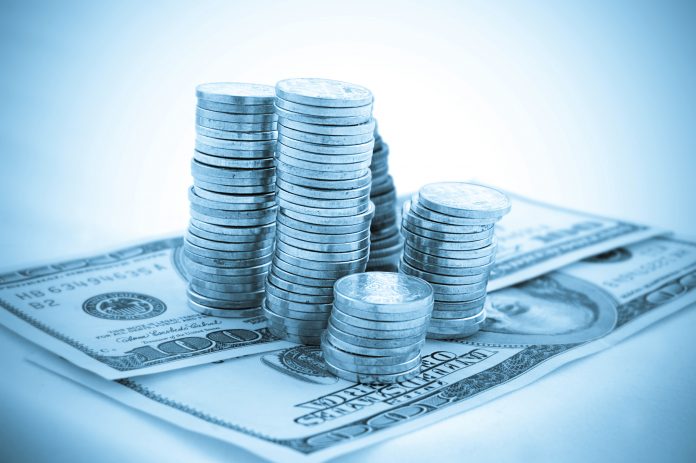The U.S. Dollar
The U.S. Dollar has moved considerably higher recently. The DXY Dollar index that measures the Dollar’s value against a basket of major currencies, moved relentlessly from 93.13 to 96.07, notching up a 16 month high in the process. Of note also is that the 50-day moving average reversed a year-long trend to now be on an ascending bias. The price action is potentially due to a slightly more hawkish fed along with multiple data releases that showed inflation running at its highest rate in more than 30 years. As well, a flight to safety arguably took place after the Omicron variant hit news headlines. Interestingly, this had the effect of pairing gains of the yields on the 10-year note, which stood at 1.489 per cent, down from a recent high of 1.687 per cent. Against the Thai Baht, the USDTHB exchange rate rose slightly from 33.28 to 33.69.
The British Pound
The British Pound was unable to hold on to the 1.3850 level to the U.S. Dollar and sold off sharply to 1.3342. A catalyst for the move appeared to be the surprise announcement by the Bank of England that rates would be held steady, even though they had previously primed the markets to expect a rate rise. Yet the BoE still maintains a hawkish bias and in similar fashion to the U.S., inflation is running at a near 30 year high. Against the Thai Baht, the British Pound dropped from 45.99 to 44.49.
The Japanese Yen
The Japanese Yen has weakened from 110.08 to 115.31 to the U.S. Dollar as the Greenback strengthened, but snapped back to 113.31 as a flight of safety took hold following the stock market falls on the back of the Omicron news release. When the USDJPY cross rate falls, the Yen is gaining in strength, since one USD buys less Yen than before. A battle of wills will likely prevail with the Yen still on a weakening trend from continued dovish policy by the Bank of Japan but at the same time regaining its safe haven status. Against the Thai Baht, the Yen moved from 0.3002 to 0.2901.
The Russian Ruble
The Russian Ruble ended its run of low volatility moving from 72.69 to the U.S. Dollar down to 69.45 and then rebounding sharply to 74.52. More volatility is expected as stock markets and other risk assets also endure a more volatile period. Against the Thai Baht the Ruble weakened from 0.4598 to 0.4452.
The Euro
The Euro bore the brunt of Dollar strength and sold off from 1.1745 against the US Dollar to 1.1210. With the Eurozone fighting both high inflation and a new Covid surge, future moves will largely depend on the stance of the ECB, which is currently still dovish. Against the Thai Baht, the Euro dropped from 39.06 to 37.41, a move of more than 4 per cent.









